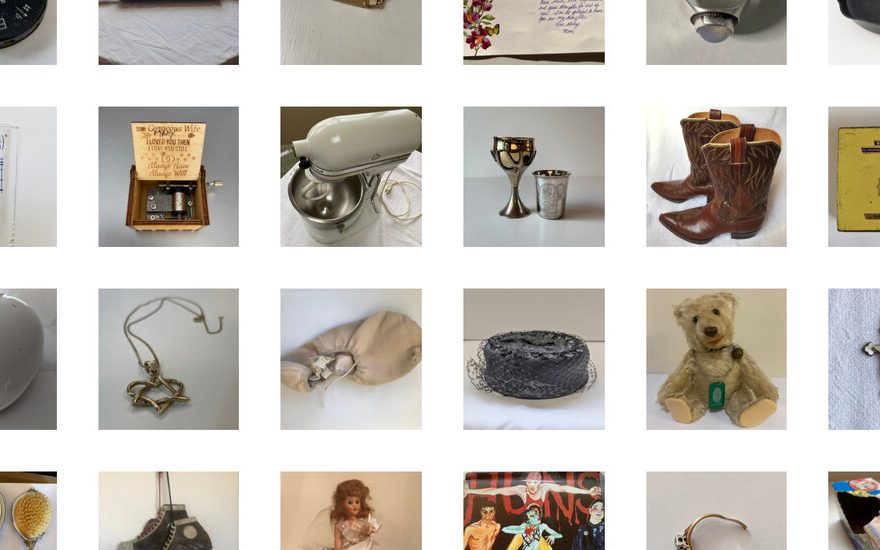Times Insider explains who we are and what we do, and delivers behind-the-scenes insights into how our journalism comes together.
As the art director of the Well desk, I’ve spent the last year looking for images to reflect the devastation of the pandemic and the grief it has wrought. As the crisis has stretched on, I’ve thought of all the people who have lost loved ones to Covid-19 — not to mention those who have lost loved ones, period — and how they were cut off from the usual ways of gathering and grieving. Watching the numbers rise every day, it was easy to lose sight of the people behind the statistics. I wanted to find a way to humanize the death toll and re-establish the visibility of those who had died.
To help our readers honor the lives of those lost during the pandemic, we decided to ask them to submit photographs of objects that remind them of their loved ones. The responses were overwhelming, capturing love, heartache and remembrance. We heard from children, spouses, siblings, grandchildren and friends — people who had lost loved ones not only to Covid-19 but from all manner of causes. What united them was their inability to mourn together, in person.
Dani Blum, Well’s senior news assistant, spent hours speaking with each individual by phone. “It’s the hardest reporting I’ve ever done, but I feel really honored to be able to tell these stories,” she said. “What struck me the most about listening to all of these stories was how much joy there was in remembering the people who died, even amid so much tragedy. Many of these conversations would start in tears and end with people laughing as they told me a joke the person they lost would tell, or their favorite happy memory with them.”
The photographs and personal stories, published digitally as an interactive feature, was designed by Umi Syam and titled “What Loss Looks Like.” Among the stories we uncovered: A ceremonial wedding lasso acts as a symbol of the unbreakable bond between a mother and father, both lost to Covid-19 and mourned by their children. A ceramic zebra figurine reminds one woman of her best friend, who died after they said a final goodbye. A gold bracelet that belonged to a father never leaves his daughter’s wrist because she is desperate for any connection to his memory.
For those who are left behind, these items are tangible daily reminders of those who have departed. These possessions hold a space and tell a story. Spend time with them and you begin to feel the weight of their importance, the impact and memory of what they represent.
Museums have long showcased artifacts as a connection to the past. So has The New York Times, which published a photo essay in 2015 of objects collected from the World Trade Center and surrounding area on 9/11. As we launched this project, we heard from several artists who, in their own work, explored the connection between objects and loss.
Shortly after Hurricane Sandy, Elisabeth Smolarz, an artist in Queens, began working on “The Encyclopedia of Things,” which examines loss and trauma through personal objects. Kija Lucas, a San Francisco-based artist, has been photographing artifacts for the past seven years, displaying her work in her project “The Museum of Sentimental Taxonomy.”
“Saved: Objects of the Dead” is a 12-year project by the artist Jody Servon and the poet Lorene Delany-Ullman, in which photographs of personal objects from deceased loved ones are paired with prose to explore the human experience of life, death and memory. And the authors Bill Shapiro and Naomi Wax spent years interviewing hundreds of people and asking them about the most meaningful single object in their lives, gathering their stories in the book “What We Keep.”
As the pandemic continues to grip the nation, the Well desk will continue to wrestle with the large-scale grief that it leaves in its wake. Other features on this topic include resources for those who are grieving, the grief that’s associated with smaller losses, and how grief affects physical and psychological health. As for “What Loss Looks Like,” we are keeping the callout open, inviting more readers to submit objects of importance, to expand and grow this virtual memorial and provide a communal grieving space.
Source: Read Full Article
